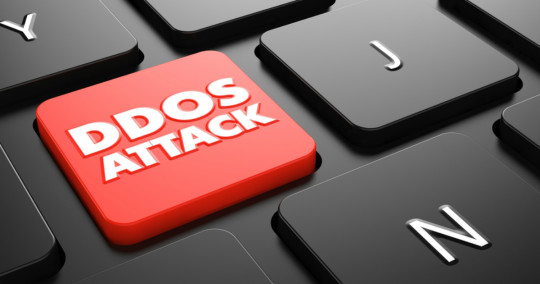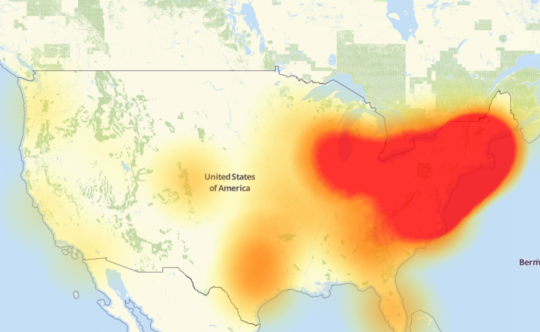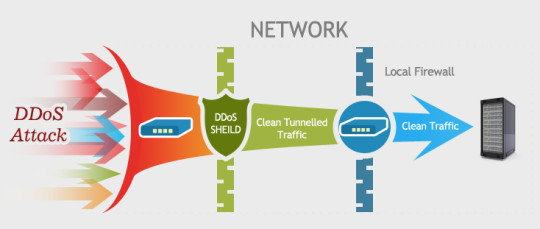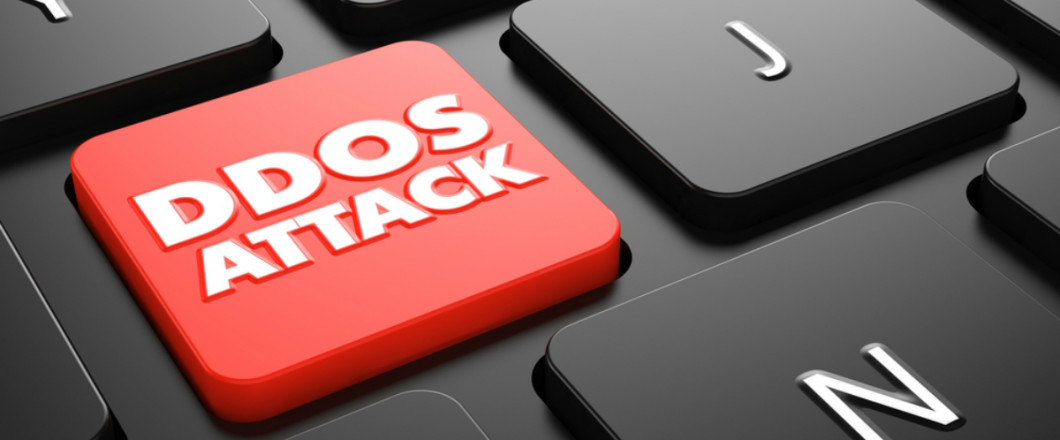
Even the biggest firms are failing to combat cyber-attacks as a recent DDoS case has revealed; if the big firms are struggling, what does this mean for you?
Well, what’s most interesting is that this distributed denial of service (DDoS) targeted some major players of the online world such as Twitter and PayPal. As you would imagine, these firms spend millions of dollars on cyber-security, but they were still successfully hacked and found their services severely disrupted.
It’s incidents such as this which highlight just how frail security defenses can be when confronted by a formidable foe. To help you understand how the power is shifting out there, I’m going to take a look at the current landscape.
The Dyn Inc DDoS Attack

The DDoS attack we’ve been focusing on was aimed at the cloud based online infrastructure company Dyn Inc; basically, these guys form the server backbone for brands such as Twitter, PayPal and Netflix.
And it was this backbone which was targeted by hackers through a phenomenal botnet capable of transmitting 1.2 trillion (that’s 12 zeros!) bits worth of data at Dyn Inc every second. Understandably, these huge amounts of data soon brought severe data outages and this is why sites like Twitter suddenly disappeared from the web.
Fortunately, this huge influx of data eventually stopped, but it was an attack of such magnitude that it’s left the security industry very concerned.
Why Are Attacks Getting More Prolific?
DDoS attacks have steadily been ramping up their power in recent months, so it seems as though there’s a concerted effort amongst hackers to outdo each other. This is a dangerous scenario and is leading us down a path towards a world of super powerful hackers.
These hackers are also being helped in the upsurge in popularity of the ‘internet of things’. Thanks to the huge proliferation of internet ready devices (smart TVs, security cameras and even heating systems) there are now more entry points to your core network than ever before.
In fact, a recent mock-up of a wireless toaster demonstrated just how quickly hackers can find access points to networks. In this example, everything was securely set up to prevent any damage occurring, but not all Wi-Fi ready devices are this secure. It’s predicted that any device which can be accessed by the public is potentially vulnerable.
And it’s in sharp contrast to, for example, a decade ago when hackers only had the limited choice of attacking PCs, but the playing field is now becoming wider and wider with the internet of things. Matters aren’t helped by the increase in popularity of ‘cyber-crime as a service’ which allows anyone to buy hacking tools or services from the dark web and carry out crude cyber-attacks.
Protecting Yourself

Hackers are becoming more and more sophisticated, so it’s crucial that you conduct a thorough analysis of your security precautions on an ongoing basis. It’s paramount, in particular, to keep a close eye on any devices which connect to the internet as they may need specialist attention to make secure.
When it comes to preventing DDoS attacks, it’s a little harder as they’re difficult to prevent. Sure, you can have ‘bad traffic’ routed elsewhere, but this is a very costly service. And this is why the future for cyber-security is a little uncertain and means hackers are increasing their chances of successfully completing a hack.
For more ways to secure and optimize your business technology, contact your local IT professionals.







